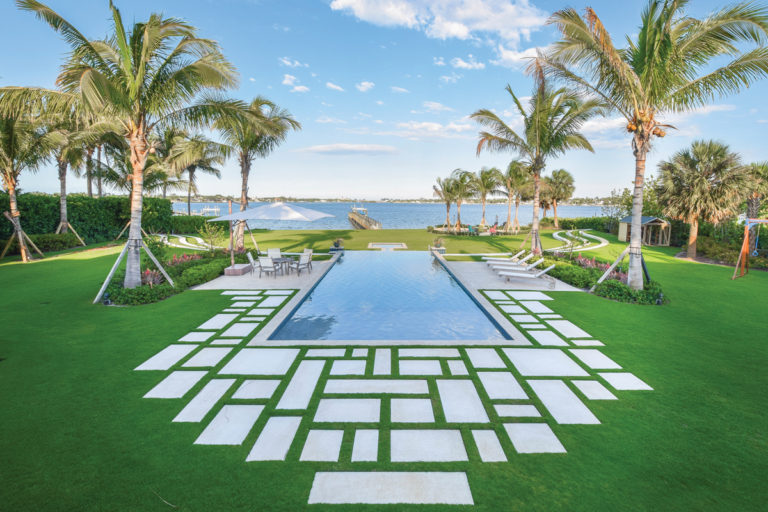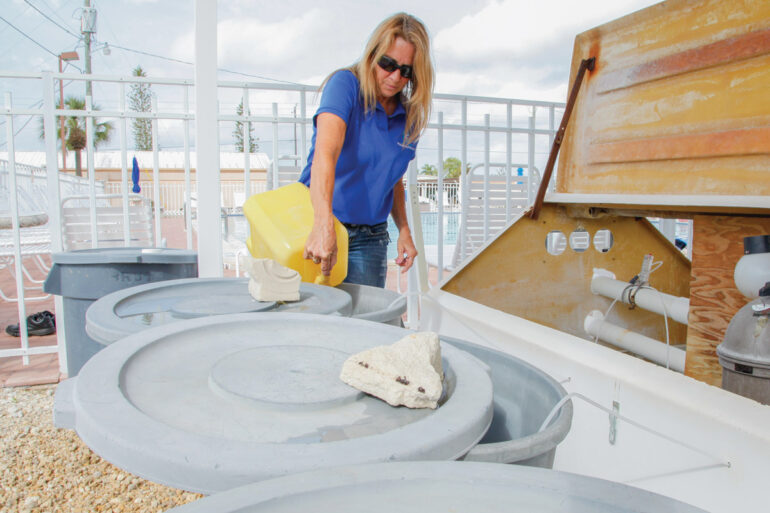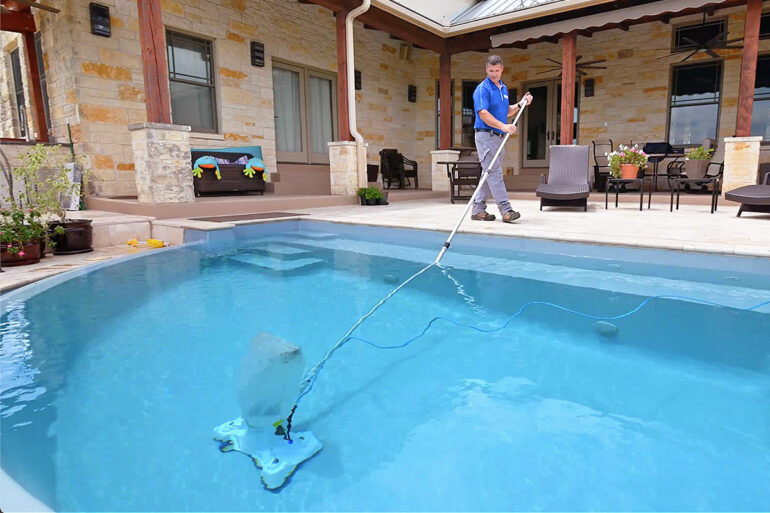Stress & Strain
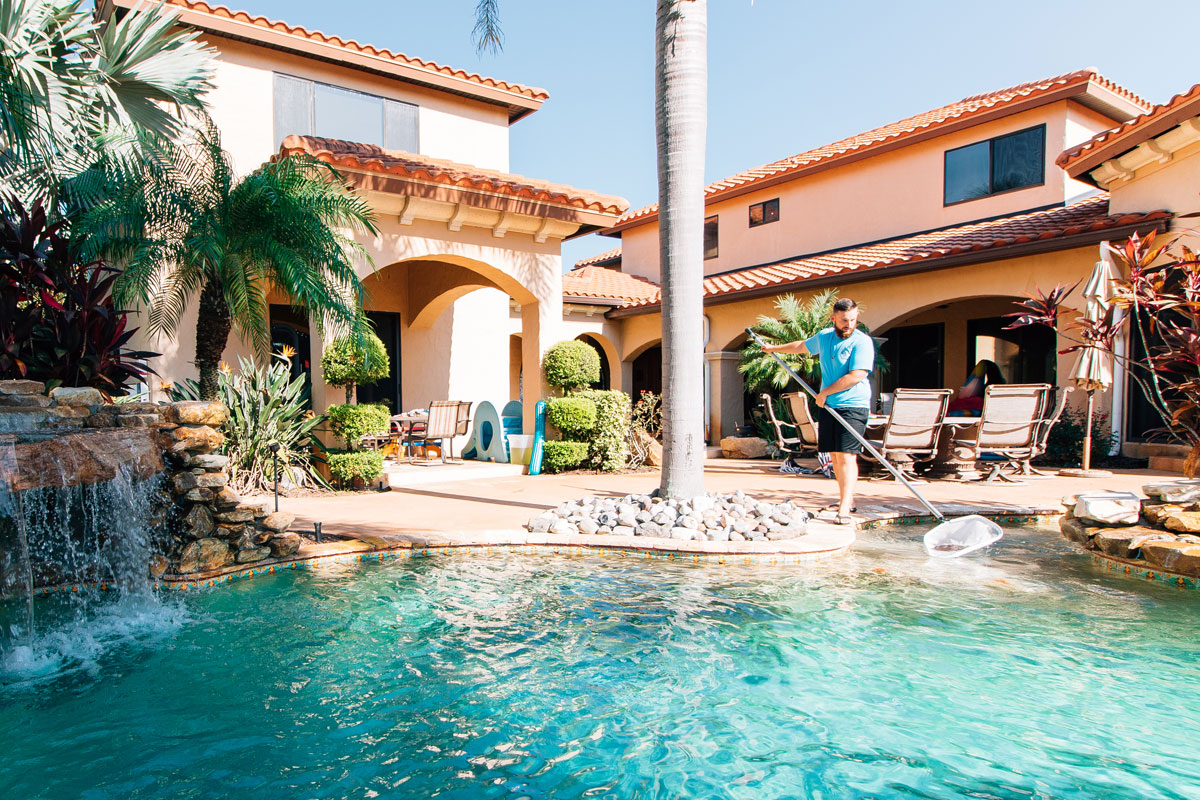
Water always shows level — a truth that everyone in the pool industry knows. Unfortunately, you can’t eyeball the health of your business, whether you’re making money, heading in the right direction or sloping downward as your foundation shifts.
For many in the industry, the foundation has shifted. The way businesses have operated for decades in the pool service industry was upended by stay-at-home orders, a surge in demand, equipment shortages — and then cost increases across the board.
The stress of the pandemic has resulted in strain on the industry. We all have to change shape.
Overall Pandemic Impact and Labor Scarcity
The pool industry in 2021 looks nothing like 2019 or even 2020. A survey of just under 120 professionals shows how their business changed.
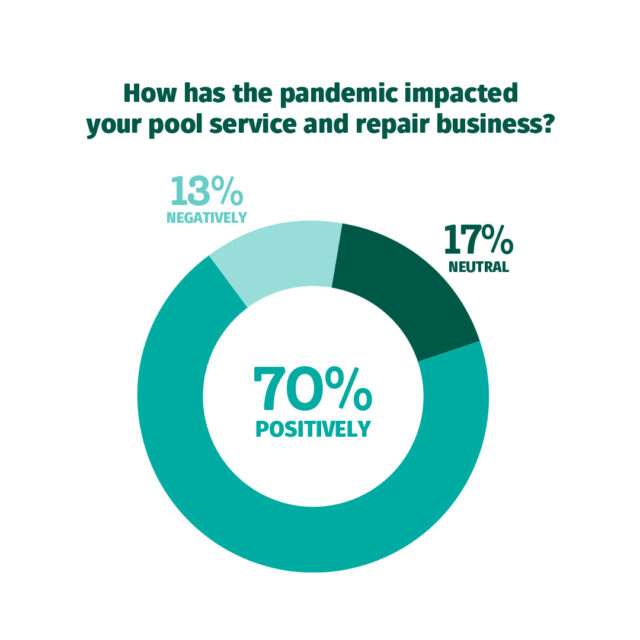
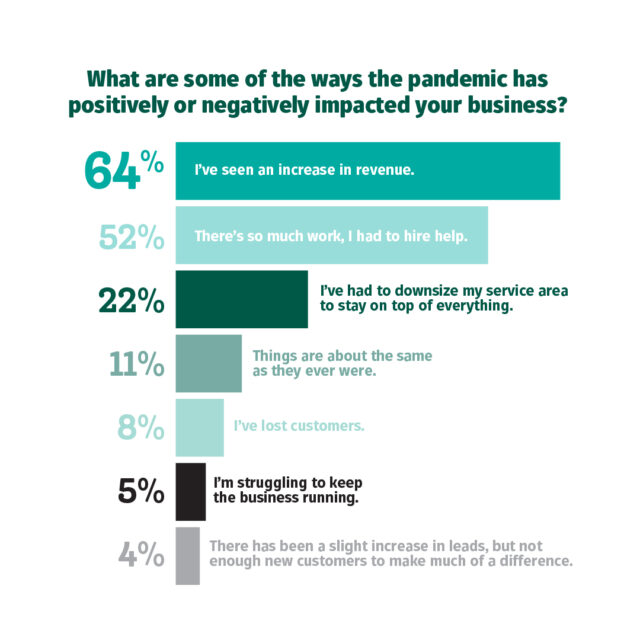
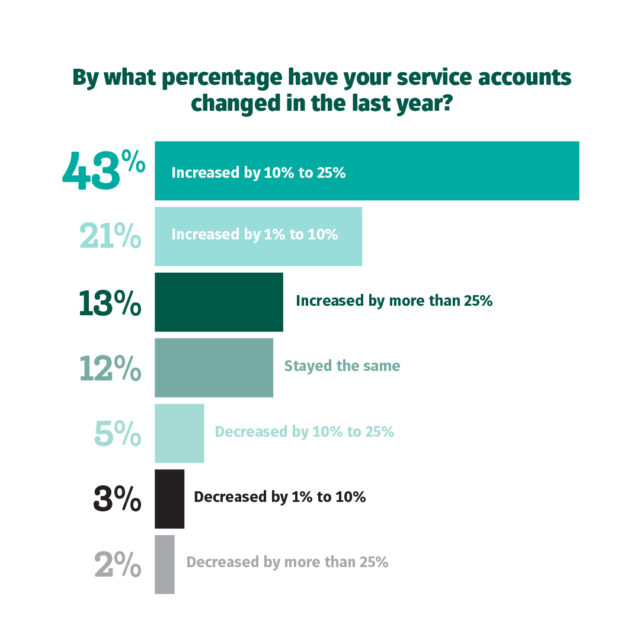
The supply-chain issues have been a near-term challenge, but most of us will be able to pass through those cost increases to customers. However, the labor shortage will be more difficult to solve because we are competing against every minimum wage–paying job for talent. Companies like McDonald’s and Amazon are moving wages to $15 an hour. Those jobs are less labor intensive than pool service, and you don’t need to be outside for eight-plus hours in peak summer.
Raj Patel, investor/owner at National Pool Partners
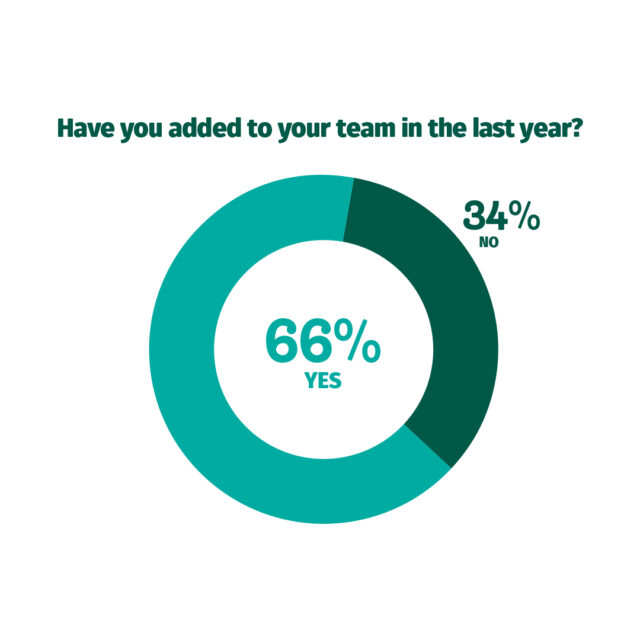
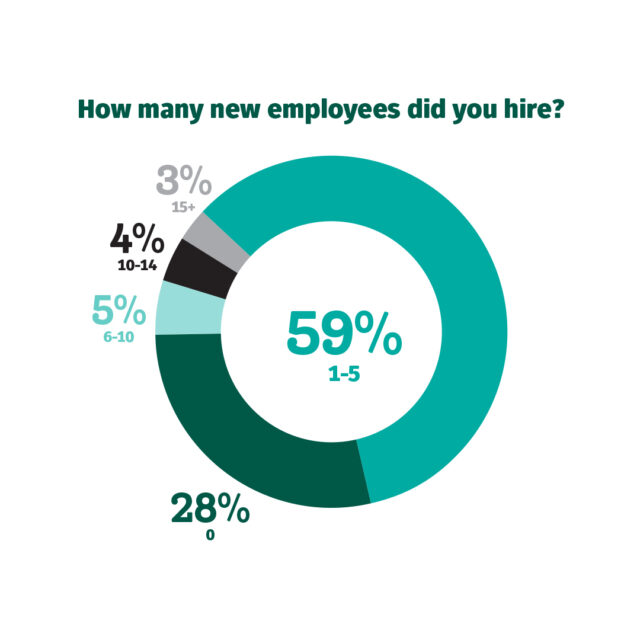
I believe the biggest challenge has been, and will continue to be, finding consistent, reliable help. Most service companies I’ve talked to are struggling to find the employees needed to keep up with the demand for their services. Our business has dealt with that issue firsthand for several months.
Jared Tomlin, owner of Blue Envy Professional Pool Service in Grand Island, Florida.
While overall pool professionals report that the pandemic had a positive impact on their business, increasing both revenue and the number of accounts they service, it made at least one ongoing problem, labor, worse.
Supply, Demand, Shortages and Price Hikes
Labor isn’t the only commodity in short supply. Demand for new pool builds and pool service exploded last year, but global manufacturing amid the constraints of COVID-19 couldn’t keep up. Mother Nature wasn’t on the side of the pool industry, either, knocking out trichlor with an August 2020 hurricane and polyethylene/plastics with sub-zero temps in Texas in February 2021. Throw in the extra demand on pool equipment damaged in that same Texas freeze, and supply shortages ballooned.
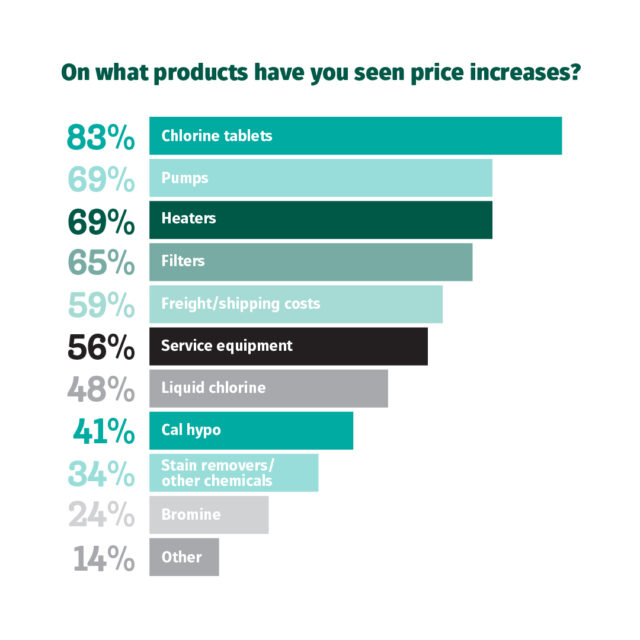
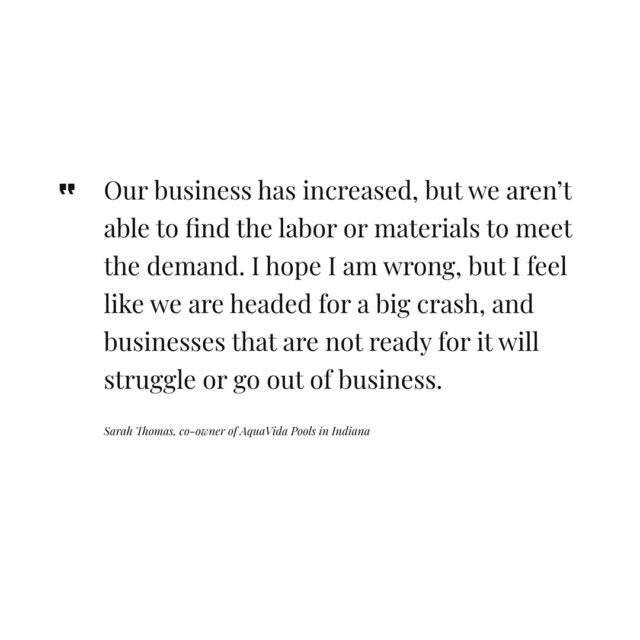
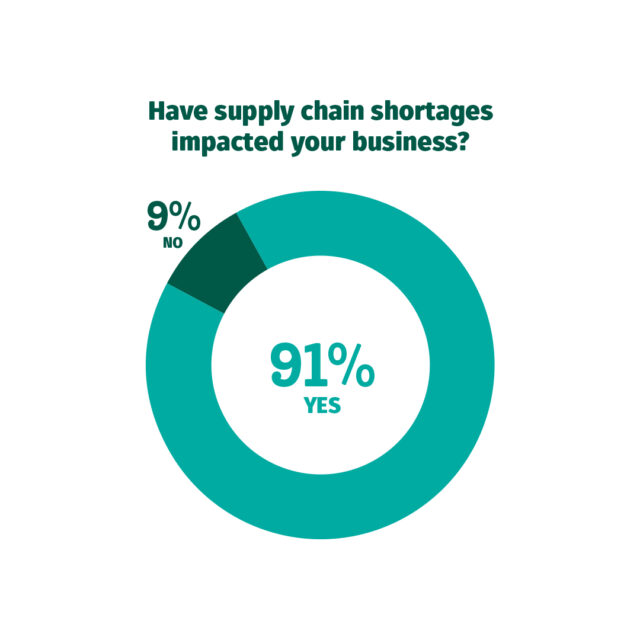
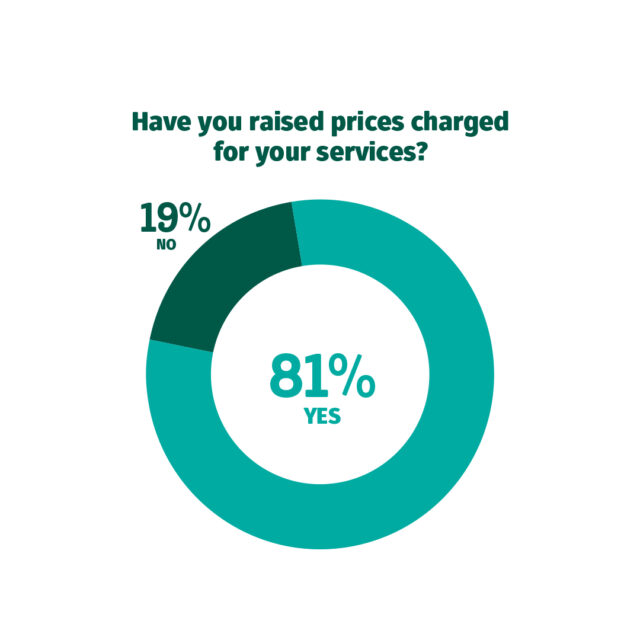
[The biggest challenge of the 2021 season is] meeting the challenges of growth without product to handle that. We’ve never turned down work because we simply couldn’t get to them like we have this past year.
Harvey Rippy, president of Pool Stop Inc., in Austin, Texas
Long-term Effects
While the pool service industry is subject to the normal ups and downs of business cycles, the industry-wide boom has inflicted forced change, both good and bad.
The labor and product shortages will subside, but the smart pool companies that raised prices will benefit from larger profit margins for years to come.
Bryan Banta, owner of B&B Pools (now part of NPP)
There will be more pool owners, but I fear there will be a lot of poorly built pools. [Pool service] should be able to thrive for many years, so the pandemic will have positive effects.
Michael Giannamore, president of Aqua Pool & Patio in Connecticut
A record number of pools were installed in 2020, and will be the same for 2021 and 2022 from rollover business. I predict seven to eight years’ worth of pools will be installed in these three years, which means a surge in service and maintenance — especially because most new pandemic pool owners were impulse purchases.
Eric Cassidy, vice president of sales at Valley Pool & Spa in Pittsburgh

